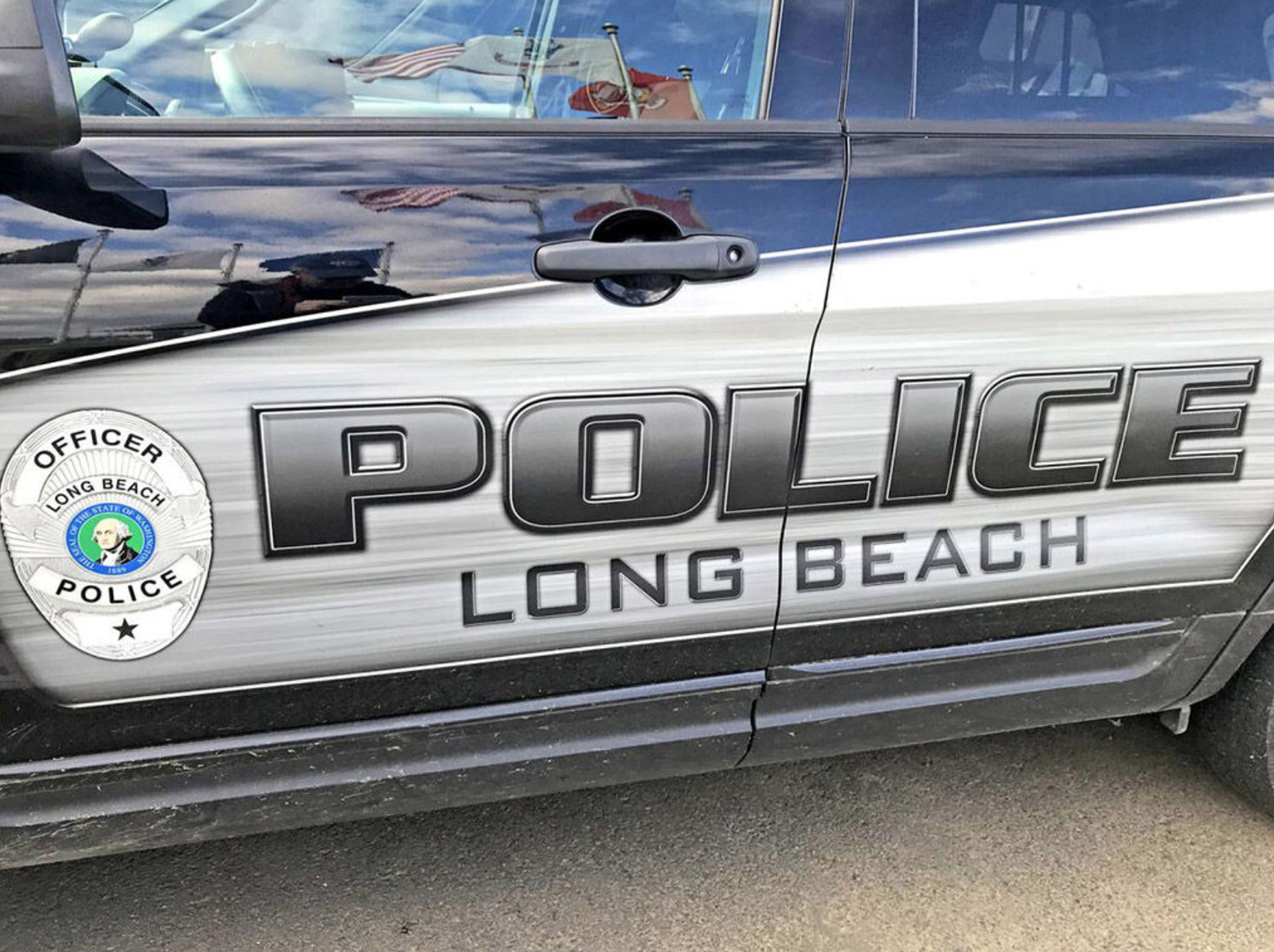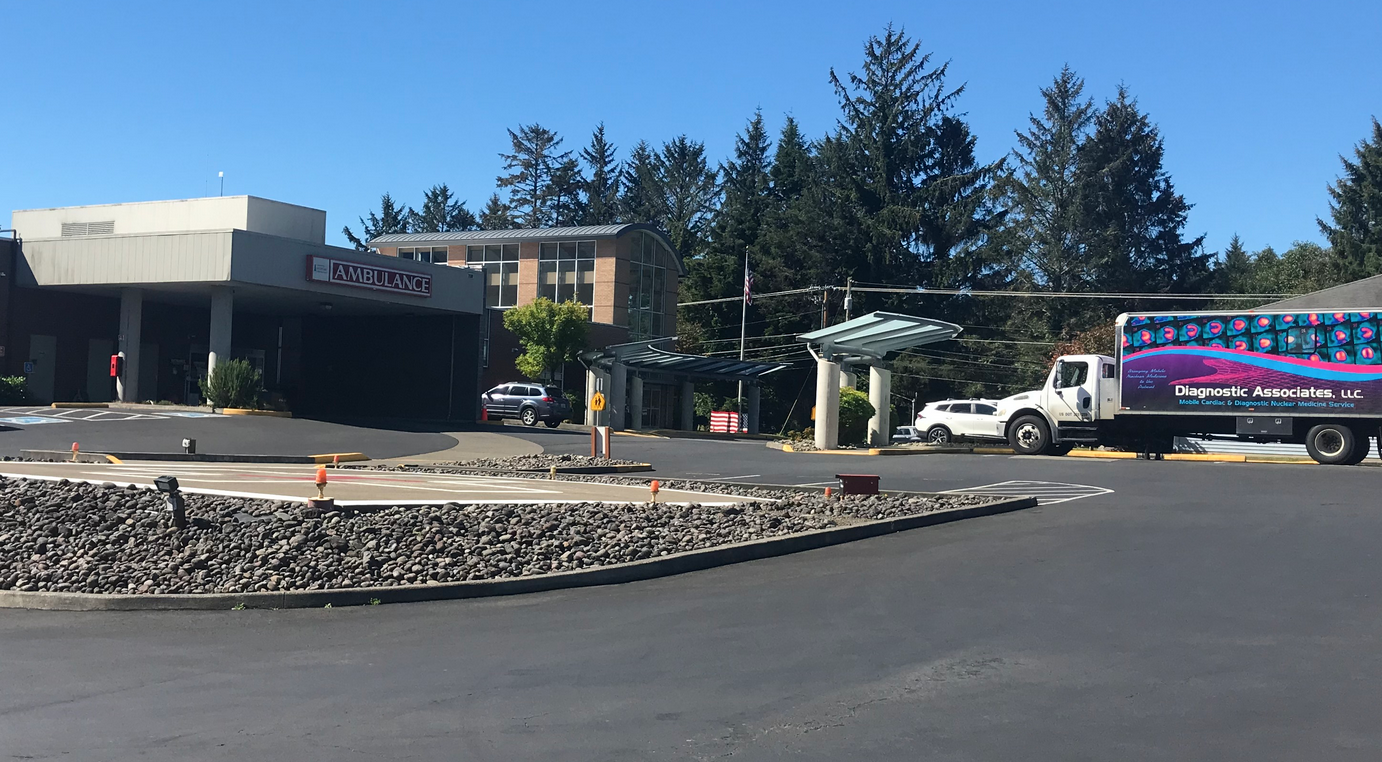Survey documents non-native species in Lower Columbia
Published 4:00 pm Tuesday, December 14, 2004
ILWACO – Scientists at Portland State University, the University of Washington and Oregon State University, with the support of the Ports of Portland and Astoria, have jointly completed the first-ever comprehensive survey of non-native aquatic plants and animals in the lower Columbia River.
Trending
A total of 81 species including fish, aquatic plants, crustaceans and worms have been introduced since the mid-1800s.
In 2005 researchers will expand the survey to cover the middle reaches of the Columbia River and lower Snake River with funding from the U.S. Fish and Wildlife Service.
The Lower Columbia River Aquatic Nonindigenous Species Survey, or LCRANS, included a review of over 300 scientific papers and publications as well as sampling 134 locations in the field for invertebrates, plants and plankton in the lower reaches of the Columbia River from the Bonneville Dam to the Pacific Ocean.
Trending
Researchers and others are concerned that the growing numbers of nonnative species threaten marine, estuarine and freshwater systems throughout the Pacific Northwest, leading to social, economic and ecological impacts
Rates of aquatic nonnative species introductions are on the rise worldwide and the rate of discovery of introduced invertebrates in the lower Columbia River reflects this trend.
The LCRANS research revealed that a new introduced species was discovered in the lower Columbia River about every five years from the 1880s to the 1970s. In the last decade, however, a new introduced invertebrate species was discovered on average about every five months.
Eight of the introduced species discovered in the survey had not previously been reported in the lower Columbia River.
The LCRANS report recommended additional monitoring and sampling to detect new invasions and to document invasion rate, impacts and efficacy of management efforts.
New organisms introduced to the lower Columbia River since 1990 have resulted in major changes in the plants and animals in the river, including:
– The tiny, self-cloning New Zealand mudsnail, first discovered in Youngs Bay, near Astoria in 1996, is now in every bay along the lower river, in places at densities approaching 400,000 snails per square meter;
– A Siberian prawn that invaded during the 1990s is now common near the confluence of the Columbia and Willamette rivers in Portland;
– Large expanses of shallow-water habitat are infested with the noxious aquatic weed Eurasian water milfoil;
– The estuarine copepod community has changed from a system dominated in the early 1990s by a single introduced species, Pseudodiaptomis inopinus, to one dominated by two, newly introduced Asian copepods, Pseudodiaptomis forbesi and Sinocalanus doerri.
“This survey represents an important step in measuring the extent of nonnative species in the river,” said Paul Heimowitz, of the USFWS in Portland. “But we know that not all aquatic nonnative species cause problems, and so additional information is still needed to determine how the presence of these species translates into economic and ecological impacts.”
Although at least 20 of the 81 introduced species are familiar species such as bass, sunfish, and catfish that were intentionally introduced into Oregon waters in the late 1800s and early 1900s for fishery and wildlife enhancement, many of the others are the result of unintentional introductions; discharged with ships’ ballast, escaped from flooded water gardens, or as “hitchhikers” on recreational equipment.
Despite this long history of intentional introductions by well-meaning individuals and agencies and the abundance of shipping activity on the river that is crucial to the state and regional economy, the system had never before been surveyed explicitly for nonnative species. In 1996, the U.S. Congress identified the need to conduct this type of ecological survey in the Columbia River in the National Invasive Species Act.
“This survey sets a baseline to evaluate how effective we are in reducing the rate of aquatic bioinvasions by shipping-related pathways and others as well,” said PSU’s Mark Sytsma, co-principal investigator on the project. “Oregon has come a long way in addressing the aquatic invasive species issue in ballast water with the support of the ports and shipping industry, but this study shows we have a lot more work to do.”
Funding of this project by the U.S. Coast Guard and USFWS was stimulated by the Columbia River Aquatic Nuisance Species Initiative, a joint effort by the Ports of Portland and Astoria, the Columbia River Steamship Operators Association, PSU’s Center for Lakes and Reservoirs and Sen. Ron Wyden, D-Ore., to coordinate and enhance aquatic invasive species management on the Columbia.
For all the latest Northwest fisheries news, visit (http:// www.cbbulletin.com).









